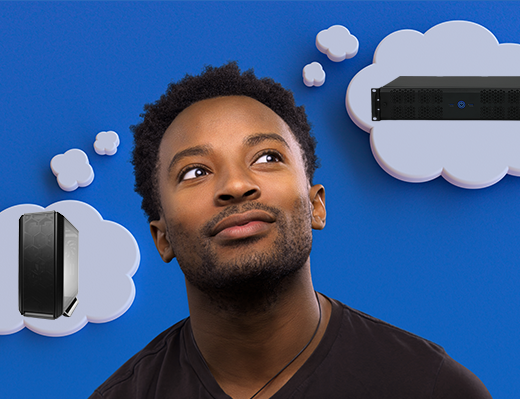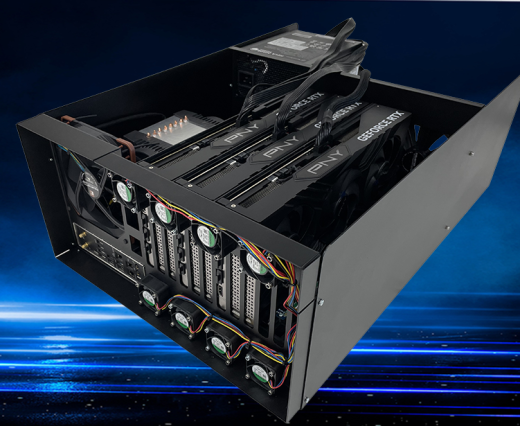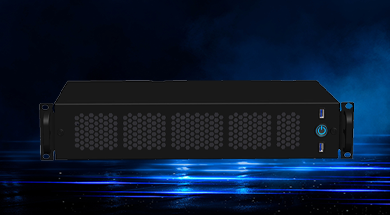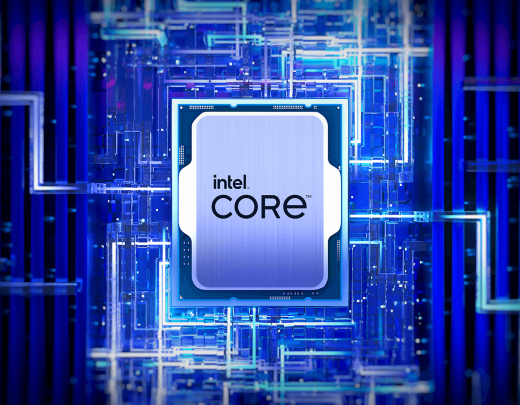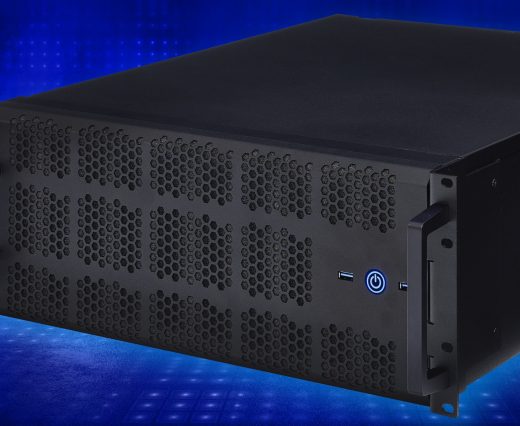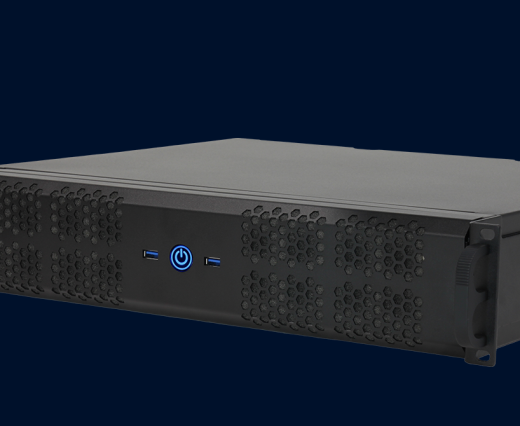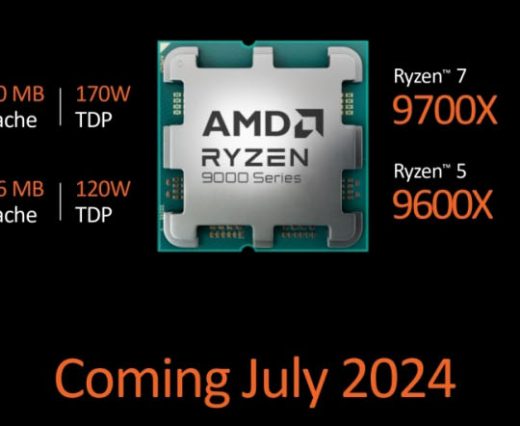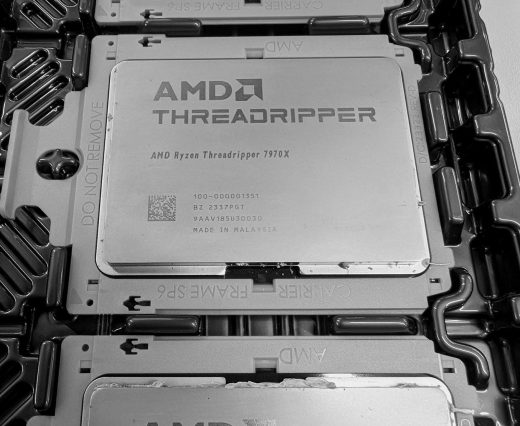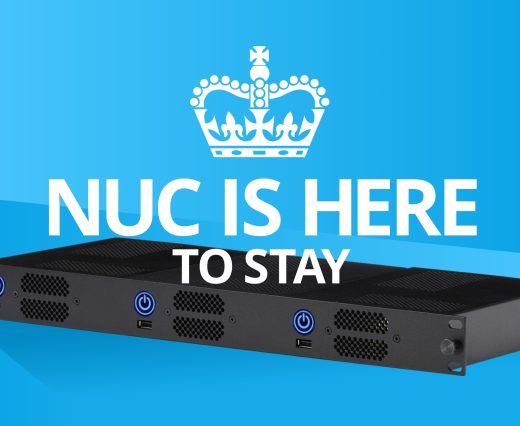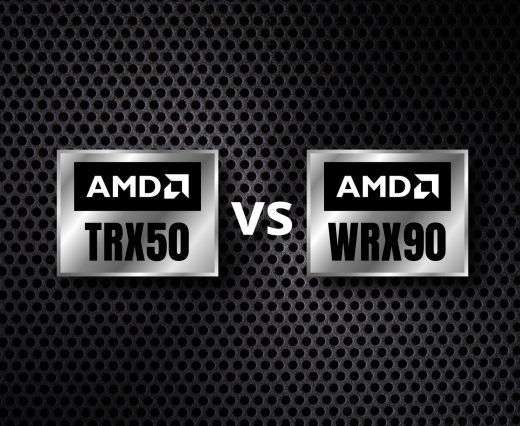TAA. NDAA. Akronyme, die früher nur auf Checklisten für die Beschaffung zu finden waren, sind heute in aller Munde, insbesondere bei Regierungs-, Verteidigungs- und sicherheitsrelevanten AV-Projekten.
Wie entscheiden Sie, welcher Formfaktor für Ihren speziellen Anwendungsfall geeignet ist?
Threadripper-Prozessoren bieten zweifelsohne eine höhere Datenverarbeitungsleistung. Doch mit großer Leistung kommt auch eine größere Wärmeentwicklung. Das wirft die Frage auf: "Wie sollen wir diese Biester in unseren Rackmount-Workstations kühlen?" Da wir über eine eigene Testanlage verfügen, haben wir ein Experiment durchgeführt, um den Vergleich zwischen einer Flüssigkeitskühlung und einem luftgekühlten System zu ermitteln.
Als Intel letztes Jahr ankündigte, seine Next Unit of Computing (NUC)-Reihe nicht mehr zu produzieren, befürchteten einige Endanwender, dass dies das Ende dieser vielseitigen Plattform sein könnte. Seien Sie jedoch versichert, dass Intel als Technologiepionier bereits geplant hatte, die Produktion an seine Partner zu übergeben, die die kleinen Formfaktor-PCs weiterhin herstellen werden.
AMD hat sich nicht damit begnügt, zwei neue Prozessorreihen anzubieten, sondern auch zwei Chipsatzplattformen herauszubringen. Die TRX50-Serie wird in Kürze zusammen mit den Prozessoren auf den Markt kommen und richtet sich an den Enthusiastenmarkt. Die TRX50-Boards werden beide Prozessorserien unterstützen, aber eine etwas reduzierte Ausstattung aufweisen. Vier-Kanal-Speicher, bis zu 1 TB RAM und weniger PCI-e-Lanes sind die bemerkenswertesten Unterschiede.









